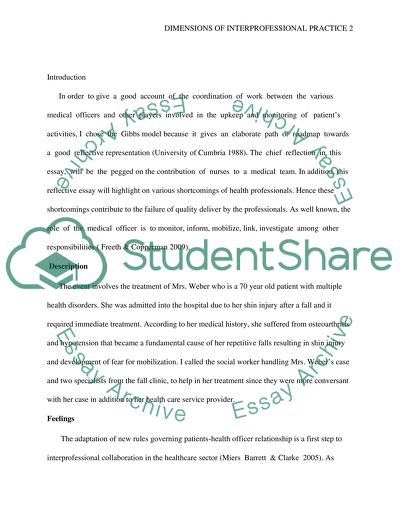Cite this document
(“Dimensions of interprofessional practice Essay Example | Topics and Well Written Essays - 1500 words”, n.d.)
Retrieved from https://studentshare.org/nursing/1472787-dimensions-of-interprofessional-practice
Retrieved from https://studentshare.org/nursing/1472787-dimensions-of-interprofessional-practice
(Dimensions of Interprofessional Practice Essay Example | Topics and Well Written Essays - 1500 Words)
https://studentshare.org/nursing/1472787-dimensions-of-interprofessional-practice.
https://studentshare.org/nursing/1472787-dimensions-of-interprofessional-practice.
“Dimensions of Interprofessional Practice Essay Example | Topics and Well Written Essays - 1500 Words”, n.d. https://studentshare.org/nursing/1472787-dimensions-of-interprofessional-practice.


